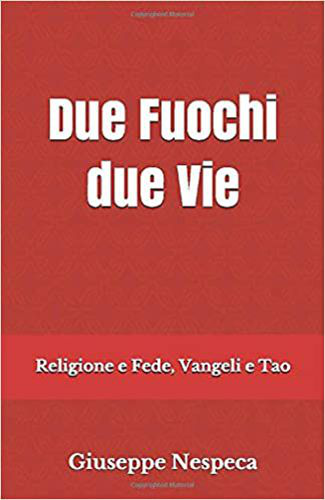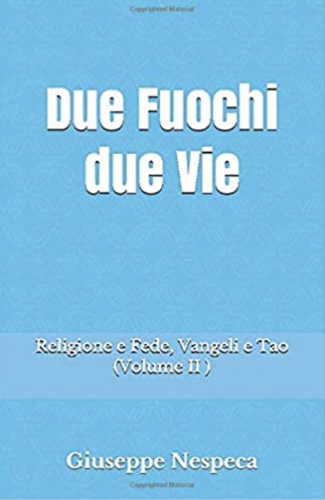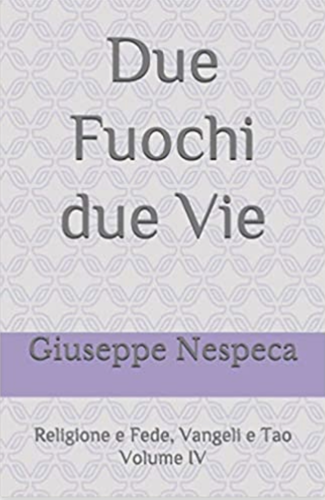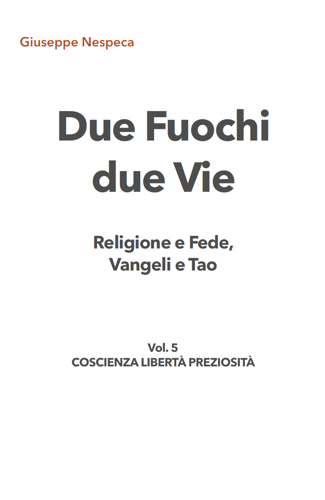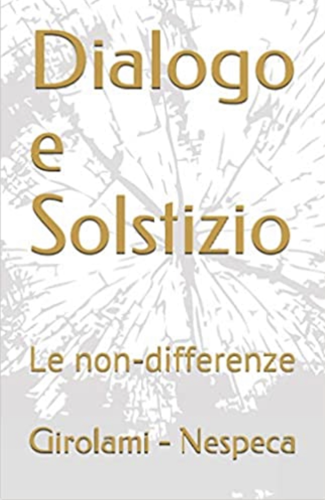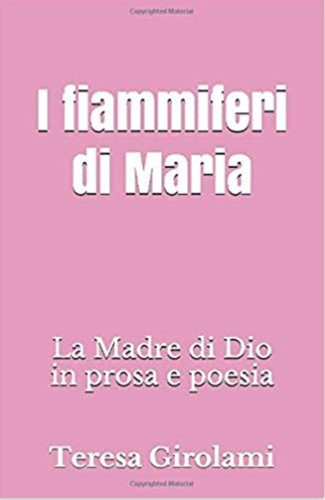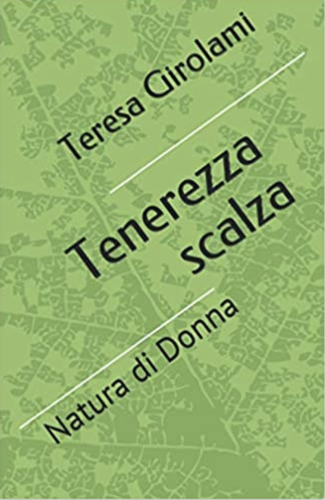Dear Brothers and Sisters,
In his account of the infancy of Jesus St Luke emphasizes how faithful Mary and Joseph were to the Law of the Lord. They fulfilled with profound devotion all the prescriptions prescribed following the birth of a firstborn male. Two of them were very ancient prescriptions: one concerns the mother and the other the newborn child. The woman was required to abstain from ritual practices for forty days, after which she was to offer a double sacrifice: a lamb as a burnt offering and a turtle-dove as a sin offering; but if she were poor, she could offer a pair of turtle doves or two young pigeons (cf. Lev 12:1-8).
St Luke explained that Mary and Joseph offer the sacrifice of the poor (cf. 2:24) in order to emphasize that Jesus was born into a family of simple people, lowly but of steadfast faith: a family that belonged to the poor of Israel who form the true People of God. For the first-born male who, according to Mosaic Law, was set apart for God, redemption was prescribed instead, established as an offering of five shekels to be paid to a priest in any place. This was in everlasting memory of the fact that in the time of Herod God saved the firstborn of the Jews (cf. Ex 13:11-16).
It is important to note that these two acts — the purification of the mother and the redemption of the son — did not require a visit to the Temple. However, Mary and Joseph wished to fulfil all the prescriptions in Jerusalem, and St Luke shows us how the entire scene converges on the Temple and thus focuses on Jesus who enters it. And it is here, precisely through the prescriptions of the Law, that the principal event is transformed, namely, it becomes the “presentation” of Jesus in the Temple of God, which means the act of offering the Son of the Most High to the Father who sent him (cf. Lk 1:32, 35).
The Evangelist’s account is confirmed by the words of the Prophet Malachi which we heard at the beginning of the First Reading: “Behold”, says the Lord, “I send my messenger to prepare the way before me, and the Lord whom you seek will suddenly come to his temple; the messenger of the covenant in whom you delight, behold, he is coming... he will purify the sons of Levi.... Then the offering... will be pleasing to the Lord” (3:1, 3, 4).
These words clearly make no mention of a child and yet they are fulfilled in Jesus because, thanks to the faith of his parents, he was taken to the Temple “immediately”; and in the act of his “presentation”, that is, the “offering” of him in person to God the Father, the themes of sacrifice and of the priesthood clearly transpire, as in the passage from the prophet. The Child Jesus, who is immediately presented in the Temple, is the same person who, as an adult, would purify the Temple (cf. Jn 2:13-22; Mk 11:15, 19ff). Above all he would make himself the sacrifice and the High Priest of the new Covenant.
This is also the perspective of the Letter to the Hebrews, a passage of which was proclaimed in the Second Reading, to strengthen the theme of the new priesthood: a priesthood — inaugurated by Jesus — which is existential: “For because he himself has suffered and been tempted, he is able to help those who are tempted” (Heb 2:18). So it is that we also discover the topic of suffering, very pronounced in the Gospel passage in which Simeon imparts his prophecy concerning both the Child and the Mother: “Behold, this Child is set for the fall and rising of many in Israel, and for a sign that is spoken against (and, [to Mary], a sword will pierce through your own soul also)” (Lk 2:34-35).
The “salvation” that Jesus brought to his people, and which he embodies in himself, passed through the Cross, through the violent death that he was to vanquish and to transform with the sacrifice of his life through love. This sacrifice was already foretold in the act of the Presentation in the Temple, an act without any doubt motivated by the traditions of the old Covenant, but that was deeply enlivened by the fullness of faith and love, which correspond to the fullness of time, to the presence of God and of his Holy Spirit in Jesus. Indeed, the Spirit moved over the whole scene of the presentation of Jesus in the Temple and in particular over Simeon, but also over Anna.
The Spirit “Paraclete” brings consolation to Israel and motivates the steps and moves the hearts of those who await him. He is the Spirit who prompted the prophetic words of Simeon and Anna, words of blessing and praise of God, of faith in his Annointed One, of thanksgiving, for at last our eyes could see and our arms embrace “your salvation” (cf. 2:30).
“A light for revelation to the Gentiles, and for glory to your people Israel” (2:32). With these words Simeon describes the Messiah of the Lord, at the end of his hymn of blessing. The topic of light, that reechoes the first and second songs of the Servant of the Lord in the Deutero-Isaiah (cf. Is 42:6; 49:6), is vividly present in this liturgy. It was in fact opened by an evocative procession, in which the Superiors and General Superiors of the Institutes of consecrated life represented here took part and carried lit candles. This sign, specific to the liturgical tradition of this Feast, is deeply expressive. It shows the beauty and value of the consecrated life as a reflection of Christ’s light; a sign that recalls Mary’s entry into the Temple. The Virgin Mary, the Consecrated Woman par excellence, carried in her arms the Light himself, the Incarnate Word who came to dispel the darkness of the world with God’s love.
Dear consecrated brothers and sisters, you were all represented in that symbolic pilgrimage, which in the Year of Faith expresses even better your gathering together in the Church to be strengthened in faith and to renew the offering of yourselves to God. I address my most cordial greetings with affection to each one of you and to your Institutes and I thank you for coming. In the light of Christ, with the many charisms of contemplative and apostolic life, you cooperate in the Church’s life and mission in the world.
In this spirit of gratitude and communion I would like to address three invitations to you, so that you may fully enter through that “door of faith” which is always open to us (Apostolic Letter, Porta Fidei, n. 1).
I invite you in the first place to nourish a faith that can illuminate your vocation. For this I urge you to treasure, as on an inner pilgrimage, the memory of the “first love” with which the Lord Jesus Christ warmed your hearts, not out of nostalgia but in order to feed that flame. And for this it is necessary to be with him, in the silence of adoration; and thereby reawaken the wish to share — and the joy of sharing — in his life, his decisions, the obedience of faith, the blessedness of the poor and the radical nature of love. Starting ever anew from this encounter of love, you leave everything to be with him and like him, to put yourselves at the service of God and your brothers and sisters (cf. Apostolic Exhortation Vita Consecrata, n. 1).
In the second place I invite you to have a faith that can recognize the wisdom of weakness. In the joys and afflictions of the present time, when the harshness and weight of the cross make themselves felt, do not doubt that the kenosis of Christ is already a paschal victory. Precisely in our limitations and weaknesses as human beings we are called to live conformation with Christ in an all-encompassing commitment which anticipates the eschatological perfection, to the extent that this is possible in time (ibid., n. 16). In a society of efficiency and success, your life, marked by the “humility” and frailty of the lowly, of empathy with those who have no voice, becomes an evangelical sign of contradiction.
Lastly, I invite you to renew the faith that makes you pilgrims bound for the future. By its nature the consecrated life is a pilgrimage of the spirit in quest of a Face that is sometimes revealed and sometimes veiled: “Faciem tuam, Domine, requiram” (Ps 27[26]:8). May this be the constant yearning of your heart, the fundamental criterion that guides you on your journey, both in small daily steps and in the most important decisions.
Do not join the ranks of the prophets of doom who proclaim the end or meaninglessness of the consecrated life in the Church in our day; rather, clothe yourselves in Jesus Christ and put on the armour of light — as St Paul urged (cf. Rom 13:11-14) — keeping awake and watchful. St Chromatius of Aquileia wrote: “Distance this peril from us so that we are never overcome by the heavy slumber of infidelity. Rather may he grant us his grace and his mercy, that we may watch, ever faithful to him. In fact our fidelity can watch in Christ (Sermon 32, 4).
Dear brothers and sisters, the joy of consecrated life necessarily passes through participation in the cross of Christ. This is how it ways for Mary Most Holy. Hers is the suffering of the heart that is one with the Heart of the Son of God, pierced by love. From this wound God’s light flows and also from the suffering, sacrifice and self-giving of consecrated people who live through their love for God and for others, that shines the very light that evangelizes nations. On this feast I express in a special way to you, consecrated people, the hope that your lives may always have the flavour of evangelical parresia, so that in you the Good News may be lived, witnessed to, and proclaimed and may shine out as a word of truth (cf. Apostolic Letter Porta Fidei, n. 6). Amen.
[Pope Benedict, homily 2 February 2013]





